The Romanian PSL rifle is a scaled-up AK with a long history of use and a good reputation, but is this glorified RPK with a scope worth the asking price?
What Is A PSL 54?
- Designated Marksman Rifle Based On AK Action
- Chambered For 7.62x54r
- Made In Cugir, Romania
- Issued Romanian Military DMR, 1974-Present Day
- Currently Imported Into U.S. By Century International Arms
Like any true Kalashnikov, the Cugir PSL 54 is a rugged, reliable machine that accomplishes exactly what it was designed to do. As a designated marksman rifle the PSL wasn’t built to win accuracy competitions, but to engage man-sized targets within 1000 meters. Its prominence in warzones across the globe stands to reason that it does this quite well.
While the PSL may not be as refined as the SVD that inspired it, it has become an even more prominent rifle in global conflicts due to its more robust design and cost-efficient construction.
PSL rifles nearly identical to their military counterparts are currently available in the United States. While very functional rifles with a lot of historical charm, their high price tag deters many from adding one to their collection.
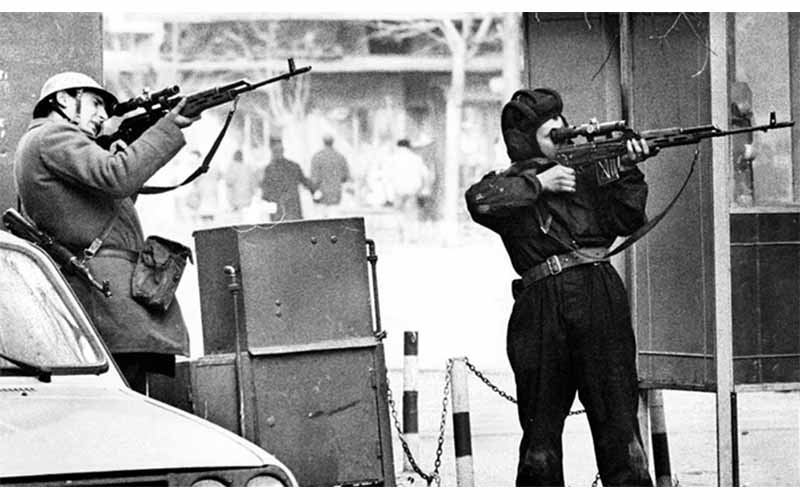
Development And Proliferation
While the USSR once shared technical information with the Socialist Republic of Romania to assist in their domestic production of AK-style rifles, by the time the SVD Dragunov had entered service the countries’ relationship had declined. No longer having access to the newest Soviet tech, Romania began the development of its own DMR that would be similar in form and function to the Russian SVD. The resulting rifle was the PSL, and it entered Romanian military service in 1974.
Since its adoption, the PSL has remained the standard-issue DMR for Romanian armed services and is possibly Cugir’s most popular export. For decades, these rifles have been sold to governments in the Middle East and Africa where they have been loved for their consistent reliability regardless of environmental conditions.
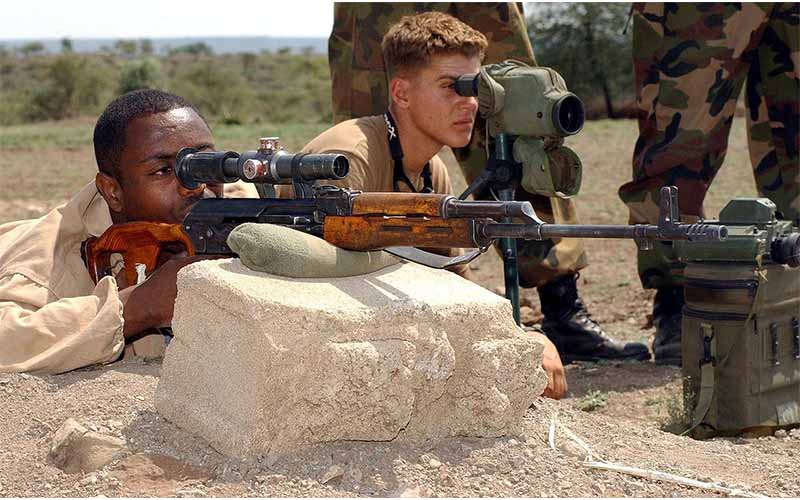
Design Details
At the heart of the PSL’s design is the RPK, the light machine gun version of the Kalashnikov. Like the RPK, the PSL’s stamped receiver is made from a thicker gauge of steel and features a bulged, strengthened front trunnion. On the RPK the purpose of these reinforced components is to sustain a high volume of fire, whereas on the PSL it is to handle the higher pressures of the full-powered 7.62x54r cartridge.
While the PSL is chambered for the same cartridge as the SVD, and also feeds from a 10-round magazine, they are not interchangeable. PSL magazines can be differentiated by the distinctive X-shape on the side of the body.

The PSL was designed to fire light-ball ammunition, and they have been known to have durability issues after running excessive amounts of heavy-ball through them. This is important to keep in mind if you’re looking to get one yourself.
The original scope designed for the PSL was the Romanian-made LPS 4×24 telescopic sight, and it was essentially a copy of the Russian PSO-1.
Import Models
When PSLs were first brought into the U.S. in the late 1990's, they were very affordably priced. Their low-cost and Romanian origin caused many to turn their noses up at them, and they did not become very popular. They were originally brought in by several importers under several different names. Cugir’s quality control in this period was less than what it is today, and PSLs had a reputation for being very hit-or-miss when it came to accuracy. While the MOA capability did vary between individual guns, they were all generally accurate enough for their intended role as a DMR.
In 2018, Century Arms began importing PSLs into the United States again under their exclusive contract with Cugir. These new imports are built with all new production parts and have better QC than previous batches. They now also ship with a Russian-made PO 4×24 scope.
Despite being purpose-built as semi-automatic rifles, the original configuration PSLs were considered machine guns by the ATF. This is due to the safety-sear and third pin hole leftover in the design from its RPK origins. This means imported PSLs are built on Romanian semi-auto receivers designed specifically for the U.S. market. Besides this small internal change and the lack of a bayonet lug, the imported PSLs are identical to their military counterparts.
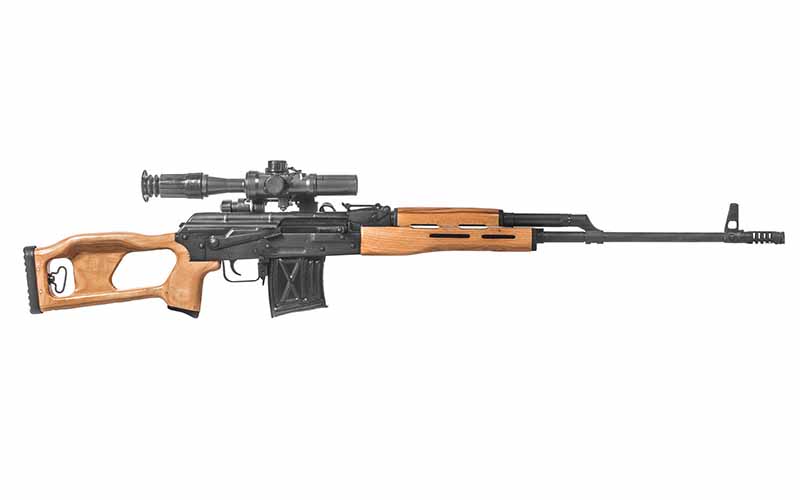
The PSL is a formidable weapon and is possibly Romania’s most prolific original weapon design. The widespread proliferation of the PSL combined with the longevity of its design means that these rifles will be a common sight on battlefields for decades to come.
While it is still a good gun, the general consensus surrounding currently imported PSLs is that they are too expensive for what they are. At the end of the day these are still just scaled-up RPKs with a scope, yet Century has the MSRP for the PSL set at almost $1,000 higher than their Romanian RPK import. I remember when these started to get imported again a few years back, after the initial excitement faded most retailers were left with plenty still in stock. Even as I write this, there are PSLs available online at prices below their MSRP.
While they are very functional and historically interesting unless you are a diehard Combloc collector the PSL probably isn’t the rifle for you. I’m not sure what practical role this could fill for the average American shooter that a scoped AR-10 build couldn’t for less money.
As much as I appreciate the PSL, I wouldn’t be able to justify spending over two thousand dollars on one. That being said, it is still cheaper than the Zastava M91 or any variant of a genuine SVD. So, if you need a scoped 7.62x54r rifle in your life the PSL still may be your best bet.
For more information on the Cugir PSL Rifle, please visit the importer's site at centuryarms.com.
More Romanian AKs
- The Draco And Cugir History
- The Cugir Mini Draco AK Pistol
- The Cugir WASR-10 Rifle
- The Cugir Micro Draco AK Pistol

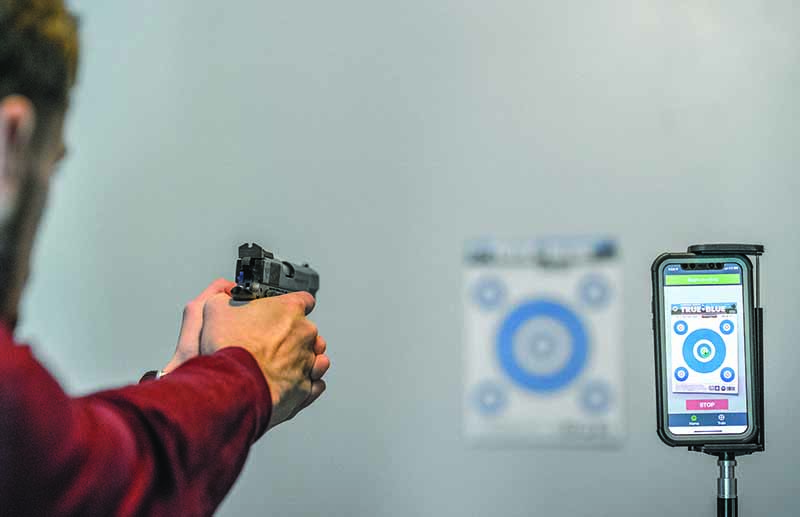
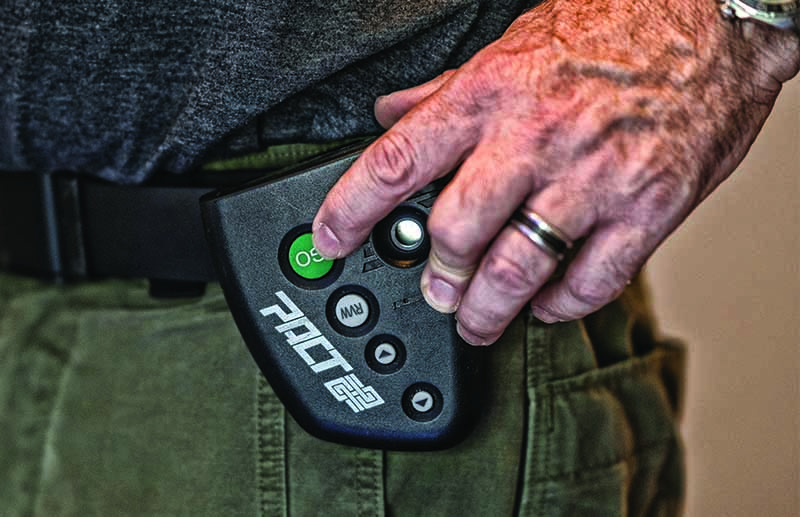
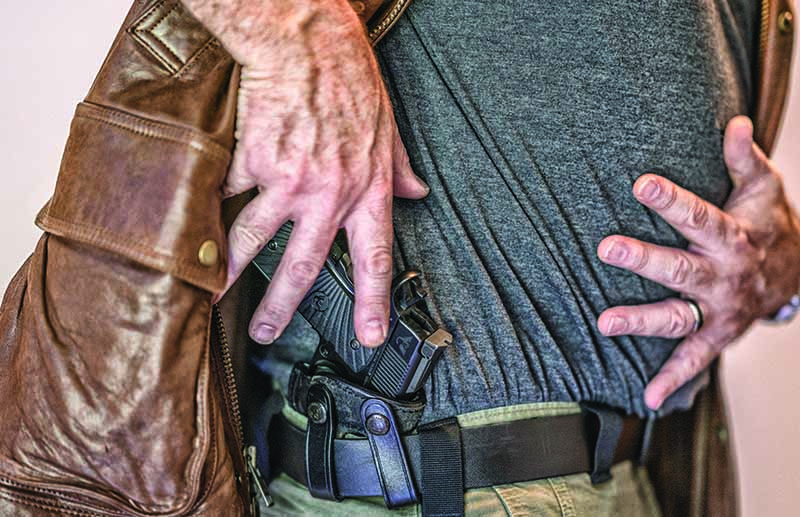
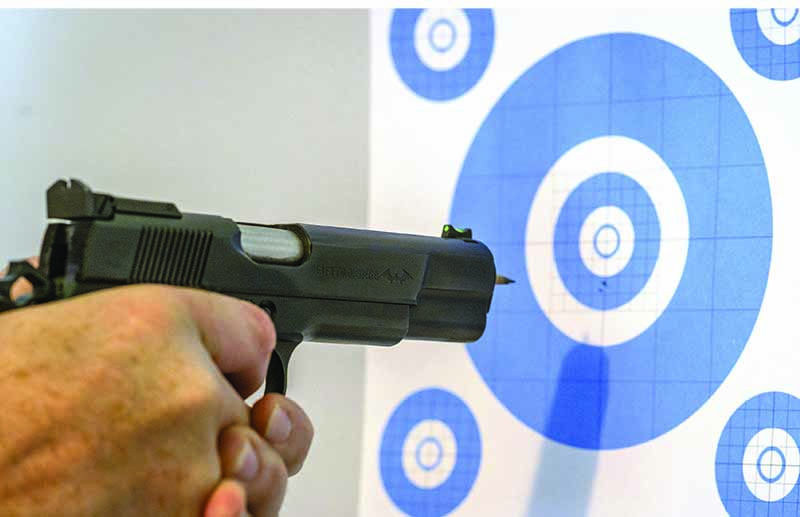
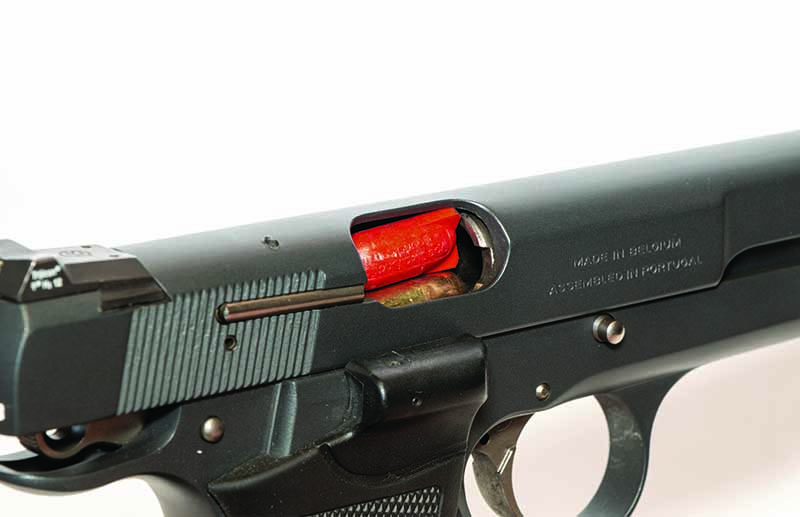
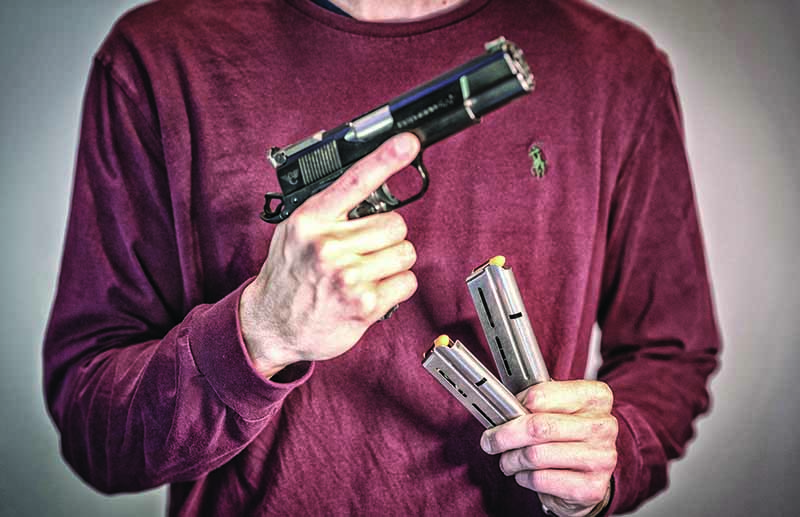
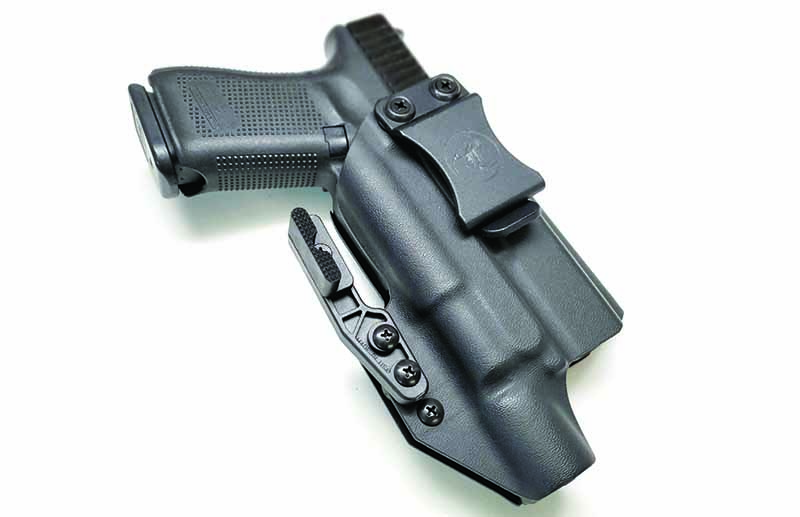
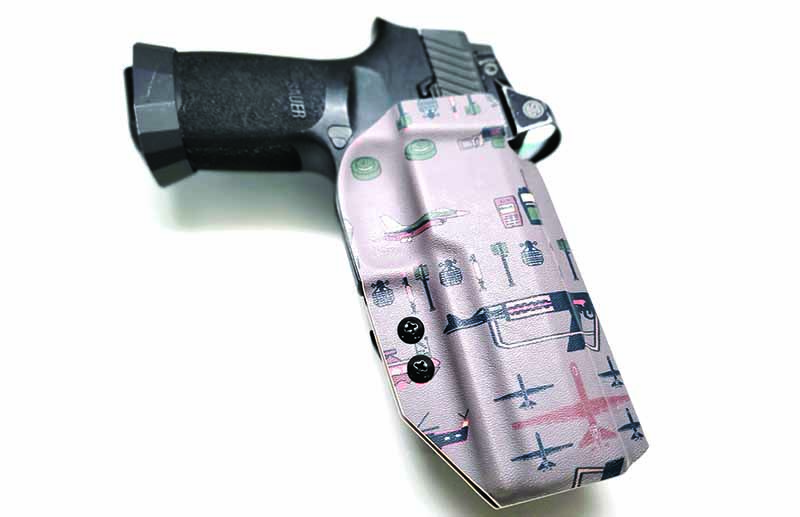
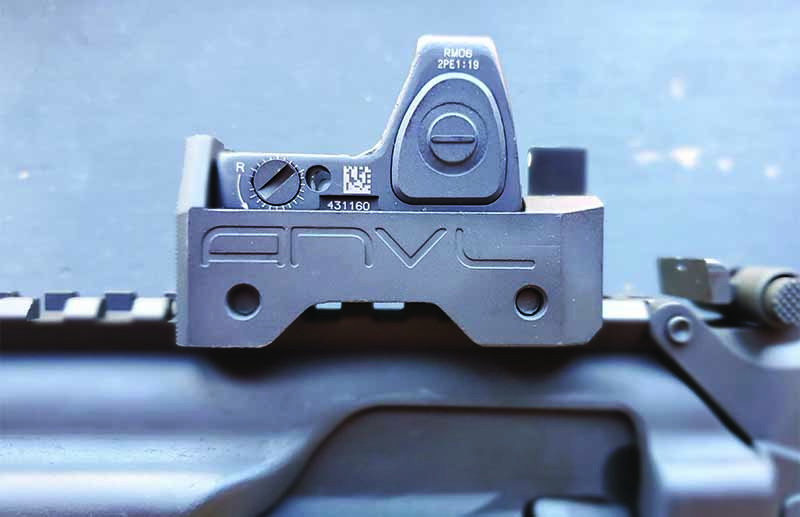
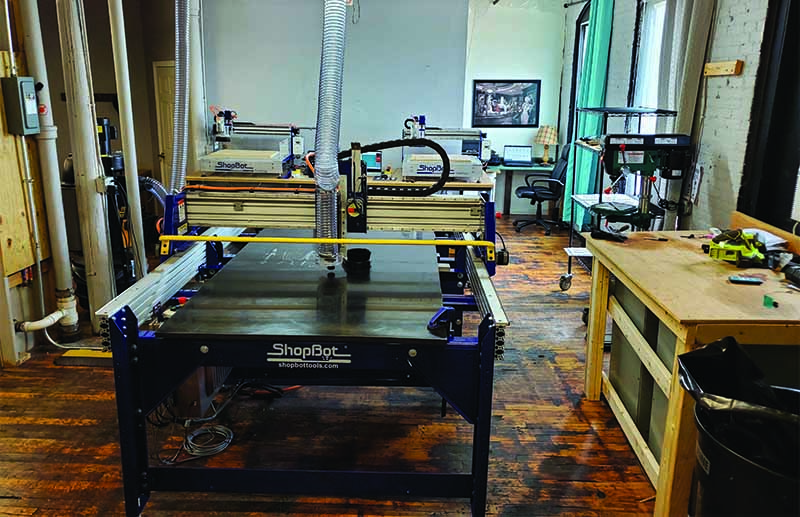
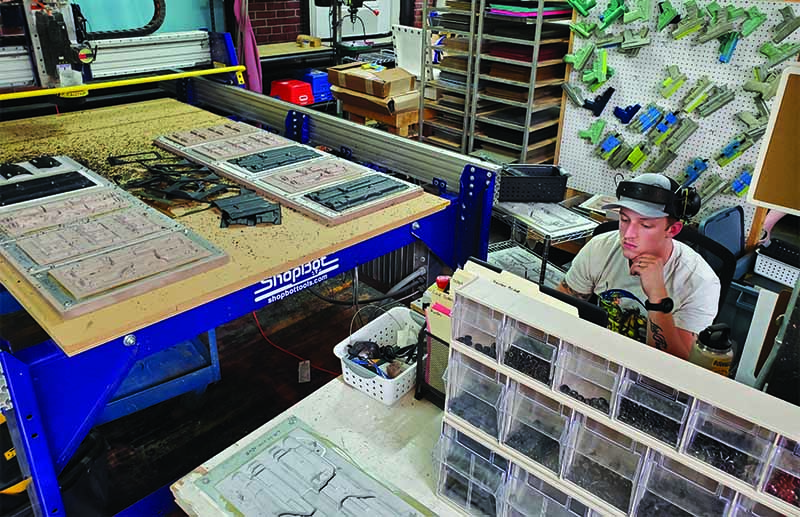
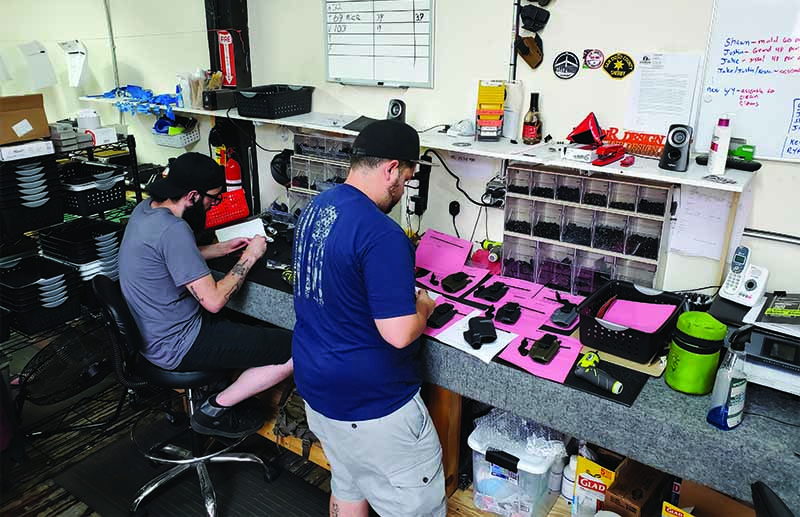
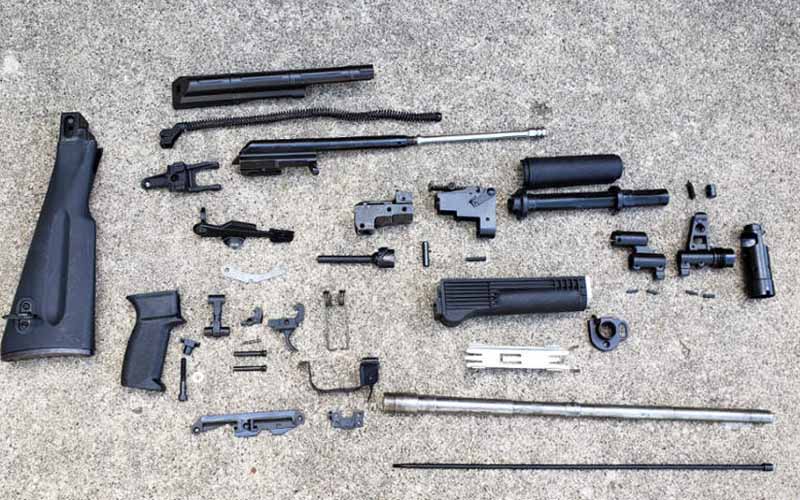
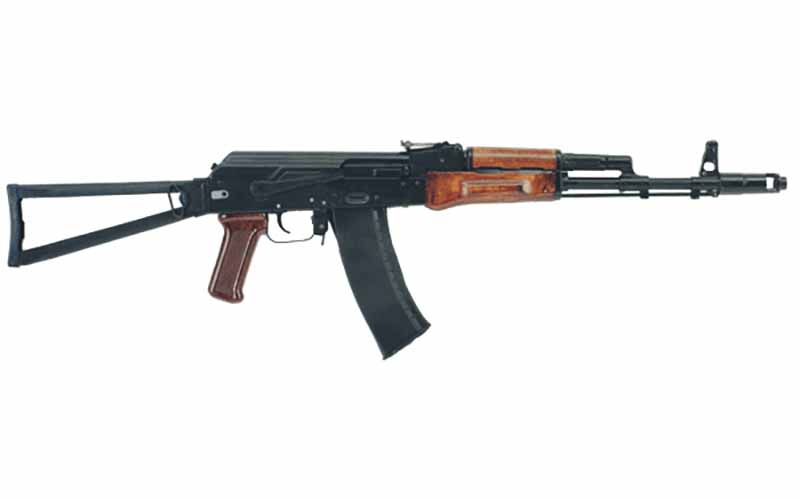
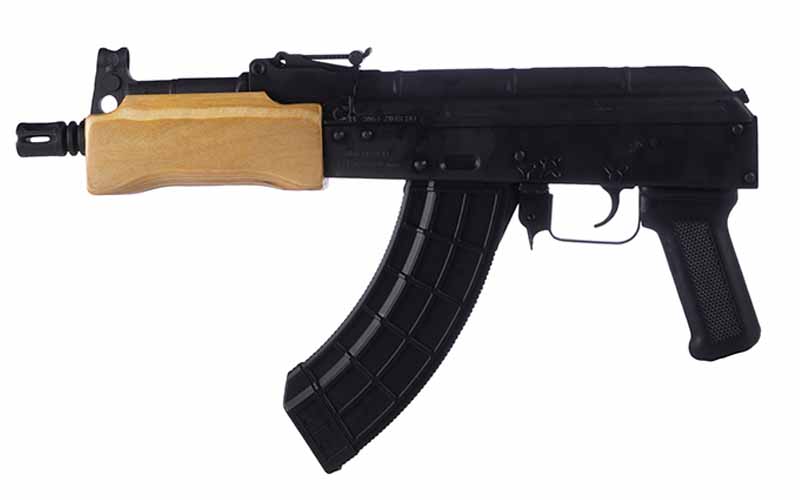
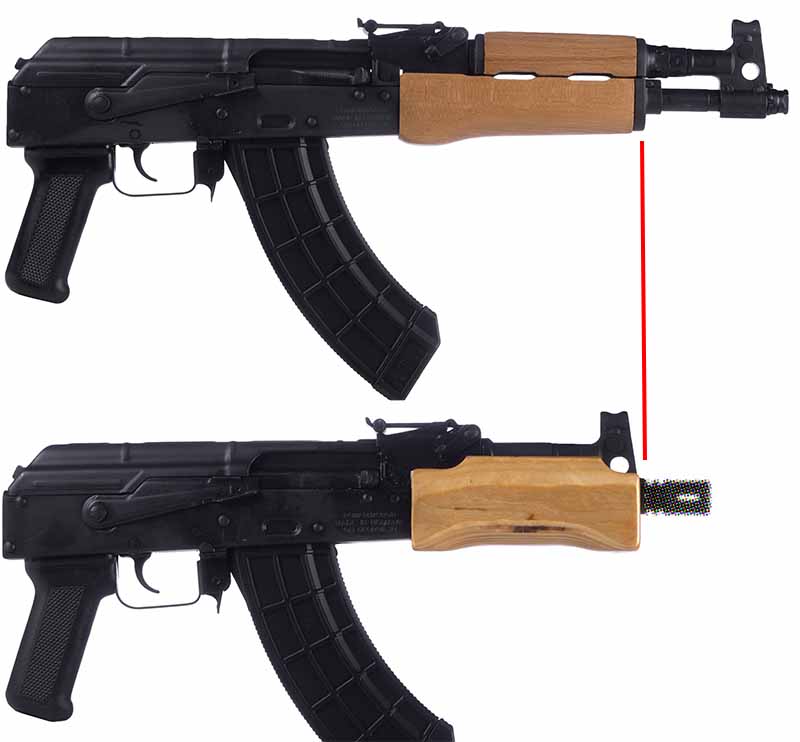
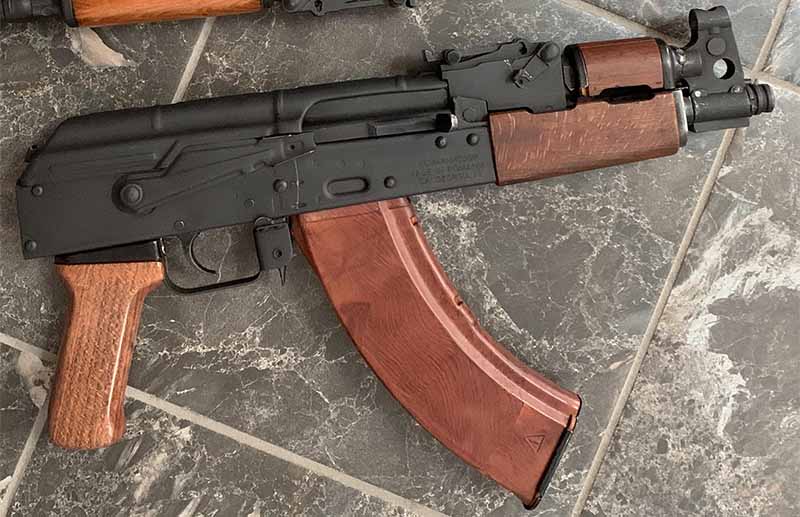
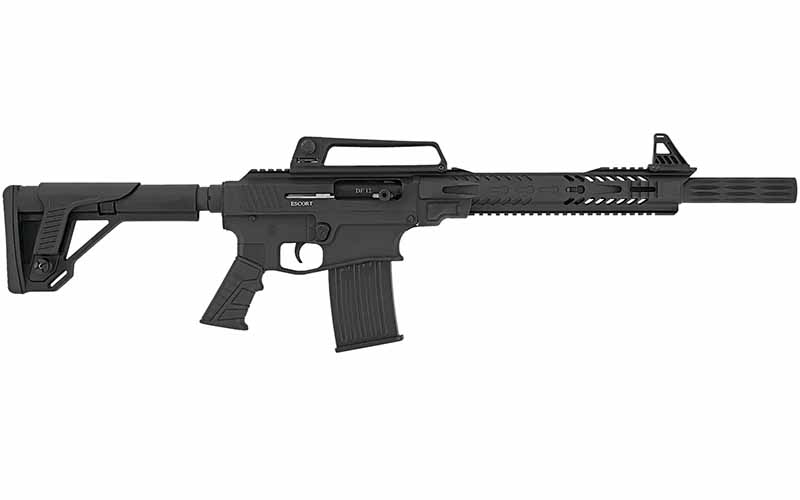
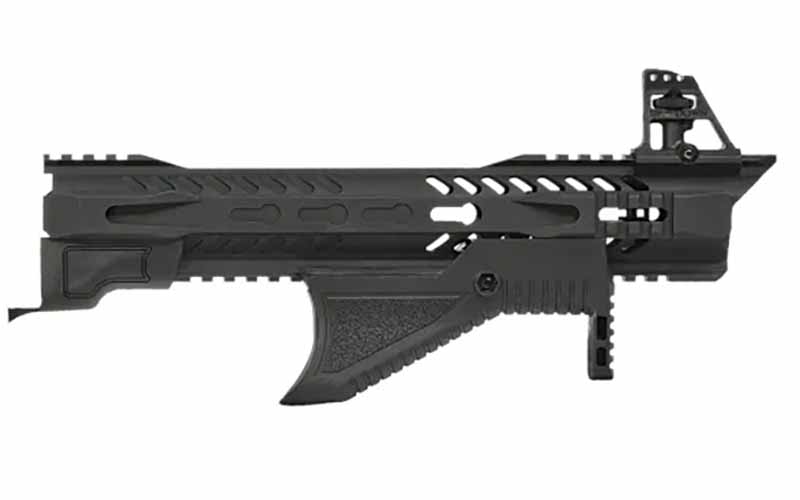
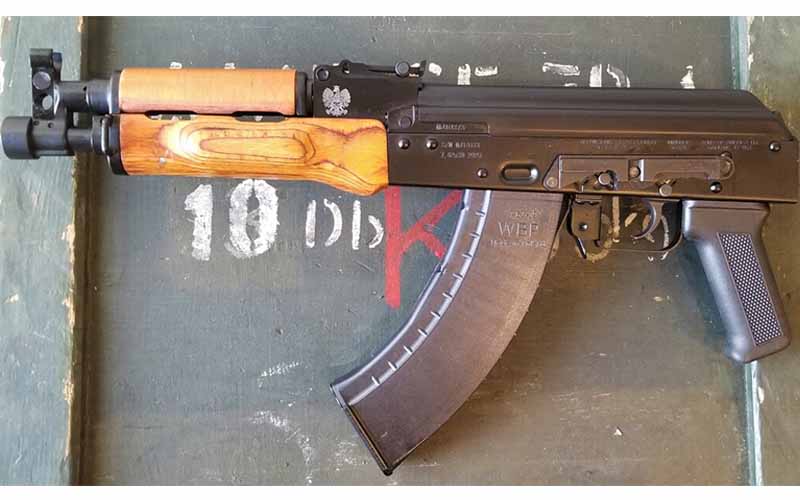
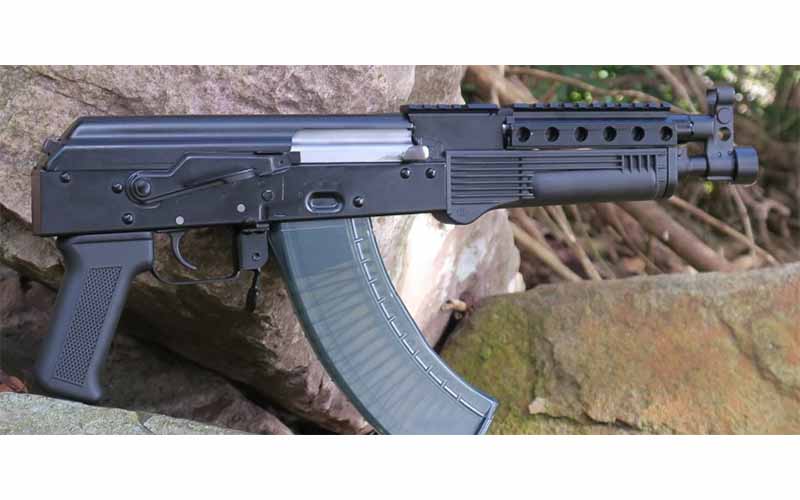


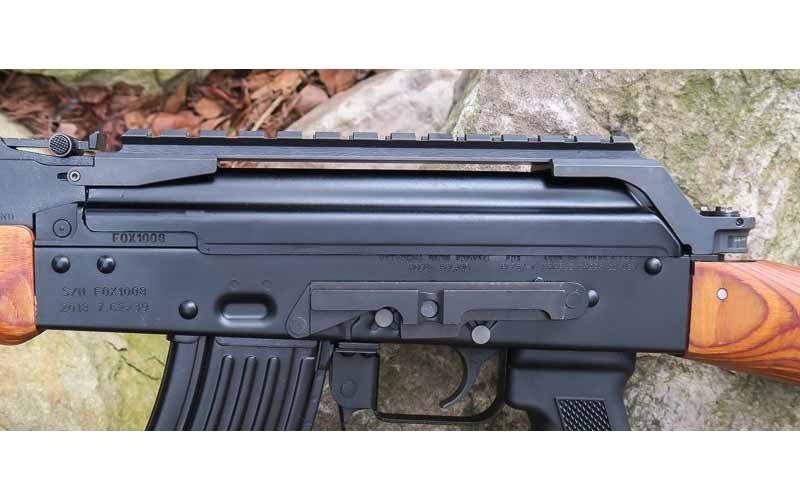
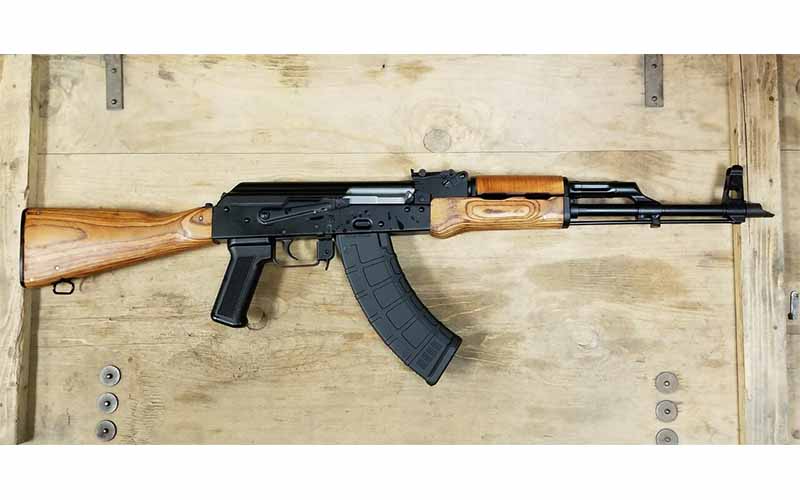
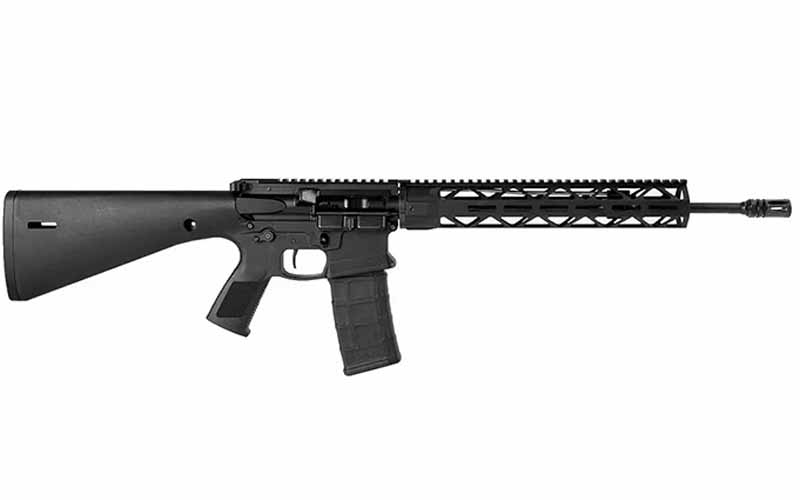
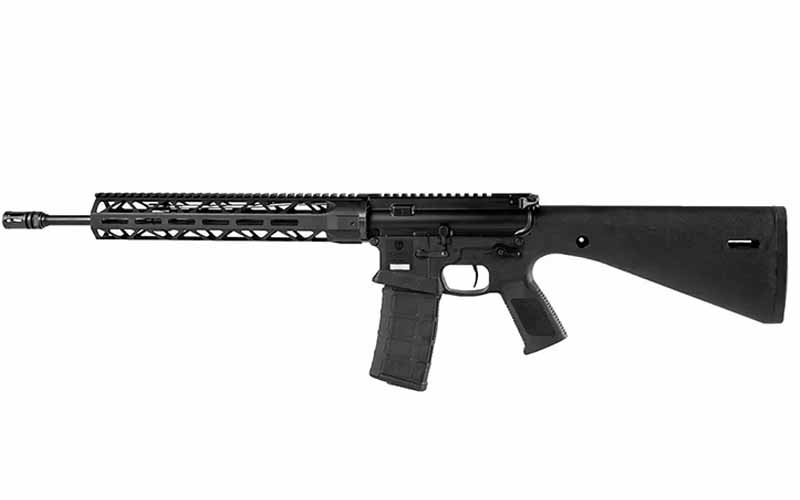
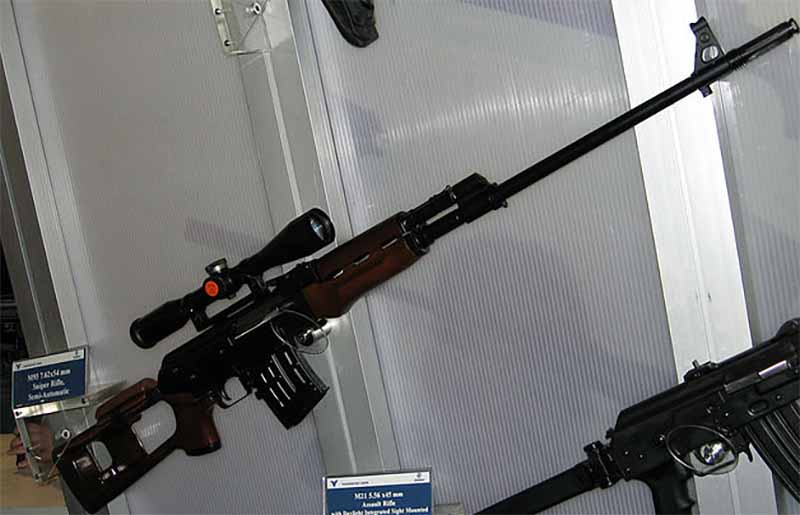
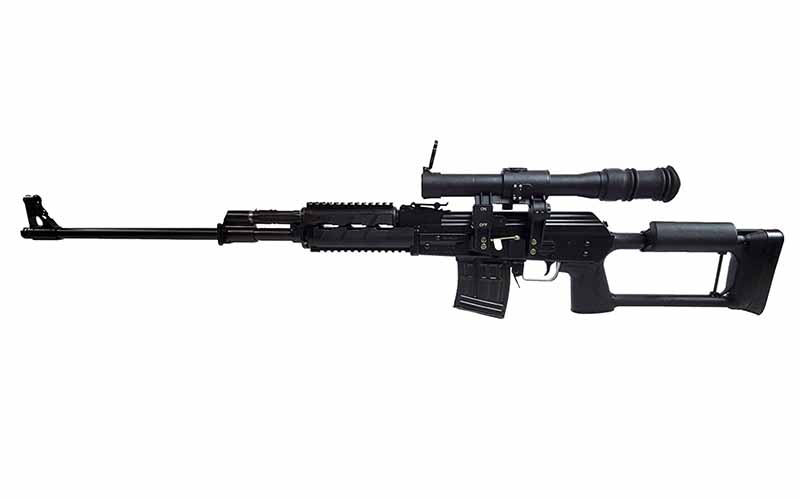
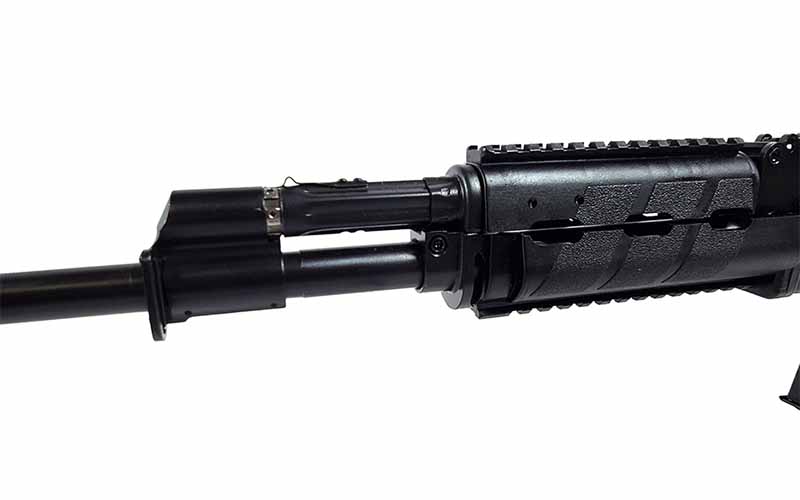
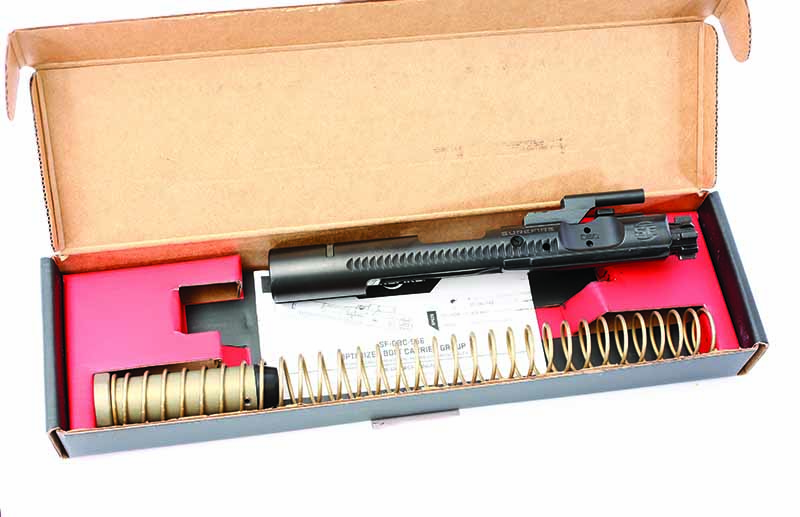

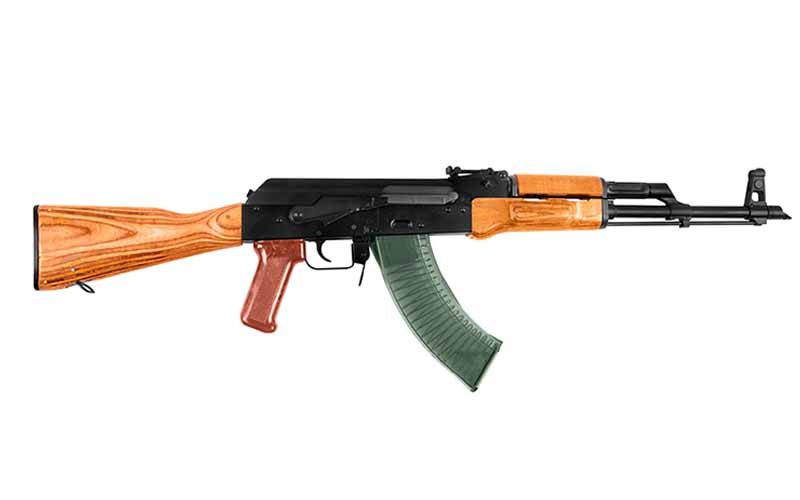
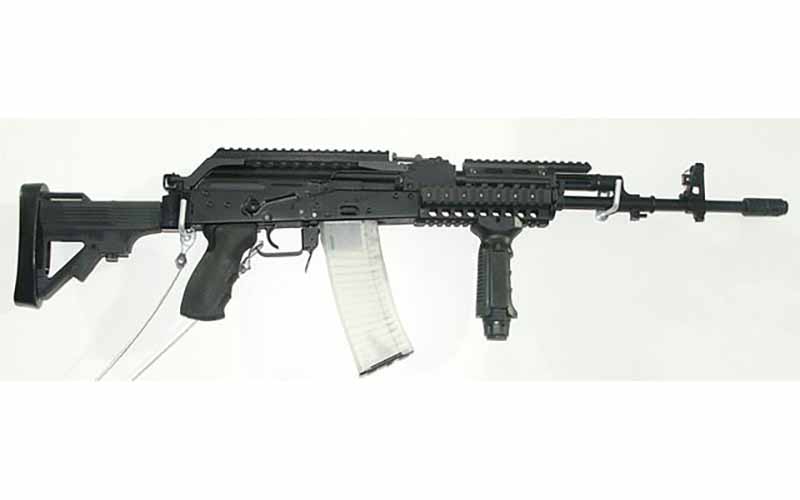


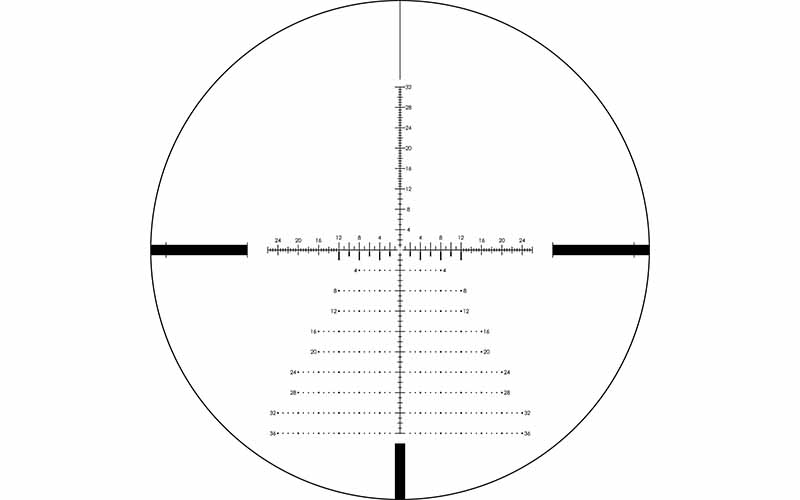
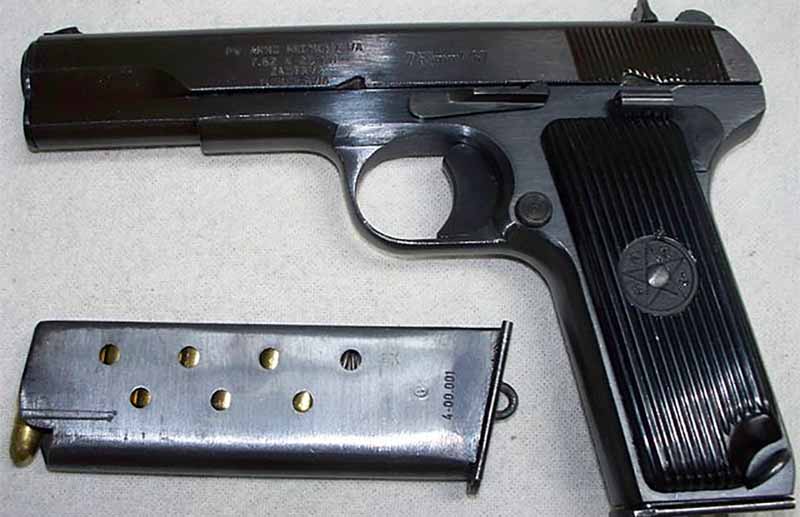
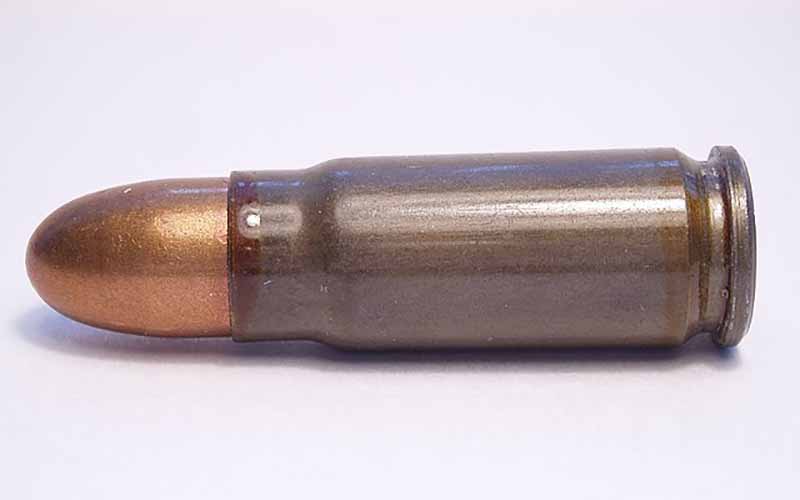
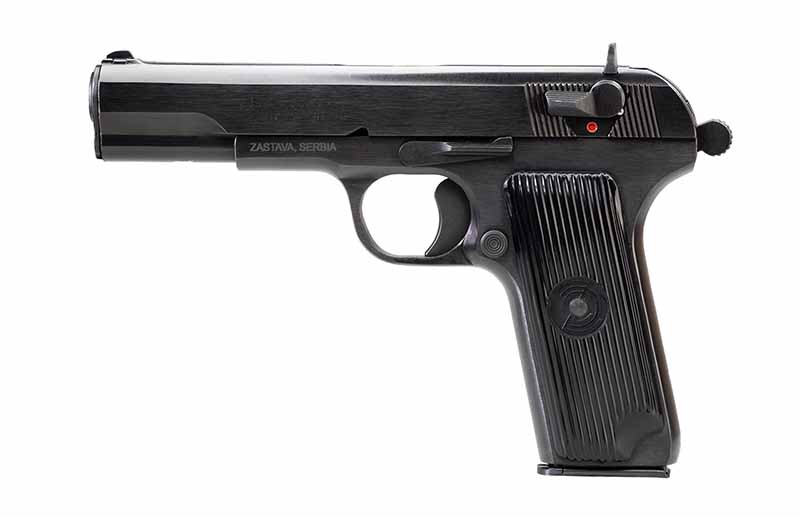
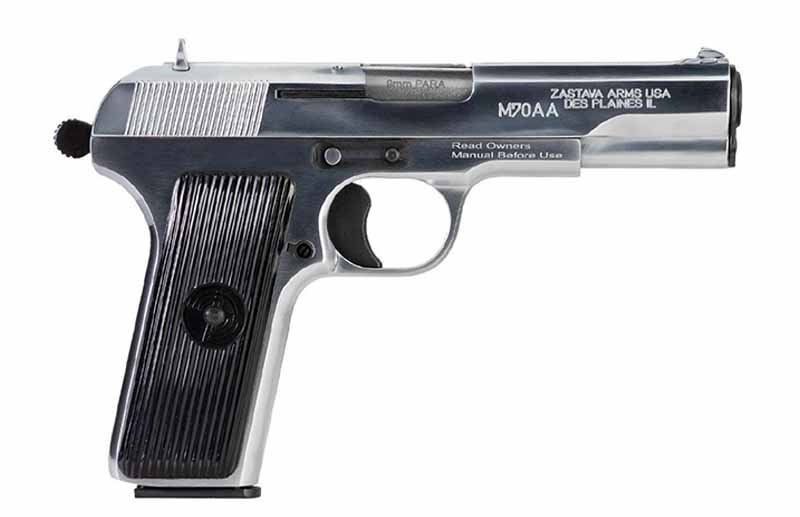
![Best Concealed Carry Guns In 2025 [Field Tested] Wilson Combat EDC X9S 1](https://gundigest.com/wp-content/uploads/Wilson-Combat-EDC-X9S-1-324x160.jpg)


![Best 9mm Carbine: Affordable PCCs [Tested] Ruger Carbine Shooting](https://gundigest.com/wp-content/uploads/Ruger-Carbine-Shooting-100x70.jpg)
![Best AR-15: Top Options Available Today [Field Tested] Harrington and Richardson PSA XM177E2 feature](https://gundigest.com/wp-content/uploads/Harrington-and-Richardson-PSA-XM177E2-feature-100x70.jpg)
